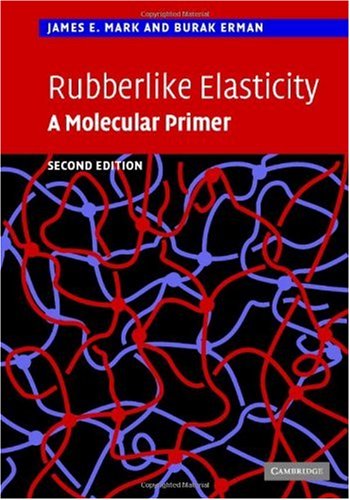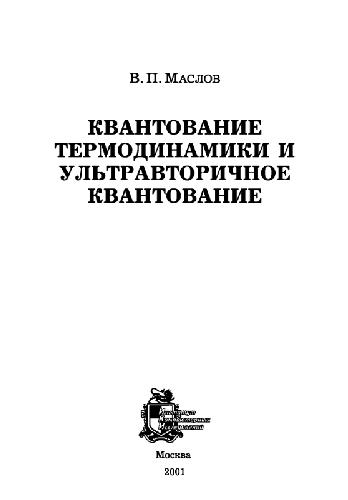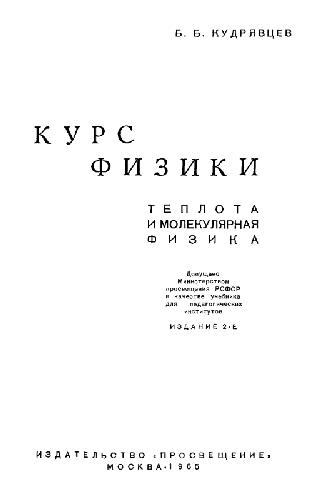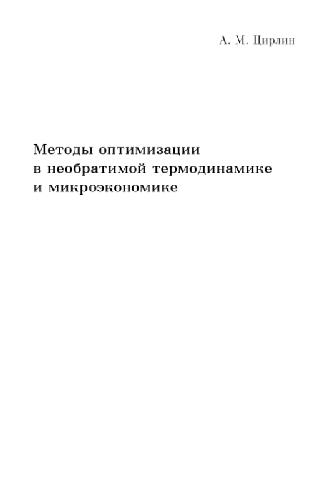James E. Mark, Burak Erman0521814251, 9780521814256, 9780511269936
Table of contents :
Cover……Page 1
Half-title……Page 3
Title……Page 5
Copyright……Page 6
Contents……Page 7
Preface to the first edition……Page 9
Preface to the second edition……Page 11
Part I Fundamentals……Page 13
Rubberlike elasticity and its molecular requirements……Page 15
Origin of the elastic force……Page 18
Some other analogies……Page 20
Some historical high points……Page 21
Basic postulates……Page 24
Typical apparatuses for stress–strain measurements……Page 25
A typical stress–strain isotherm in elongation……Page 28
Scope of the coverage of the subject……Page 30
Polymers that are normally rubberlike (unswollen at ambient temperatures)……Page 31
Polymers that can be made rubberlike by increase in temperature or by swelling……Page 33
Polymers that are inherently non-rubberlike……Page 34
Some other, unusual elastomers……Page 35
Different models of the single chain, the end-to-end vector distribution and force–deformation relations……Page 37
Experiments on single polymer chains……Page 41
Simple rubberlike elasticity……Page 42
Conformational changes……Page 43
Unwinding double helices……Page 45
Unfolding domains……Page 46
Transcription of RNA and shortening of DNA……Page 49
Broader relevance……Page 50
Random chemical reactions……Page 51
Physical aggregation of chain segments……Page 55
Structure of networks……Page 59
5 Elementary statistical theory for idealized networks……Page 61
The phantom network model……Page 63
Comparing the two models……Page 64
Constrained junction model……Page 67
Slip-link model……Page 71
Other models……Page 72
Introduction……Page 73
Uniaxial extension (or compression)……Page 75
Pure shear……Page 79
8 Swelling of networks and volume phase transitions……Page 83
Volume phase transitions……Page 86
Introduction……Page 91
Theory……Page 92
Some experimental details……Page 95
Some typical data……Page 96
Evaluation and importance of thermoelastic results……Page 97
Rotational isomeric state interpretation……Page 101
General approach……Page 105
Effects of junction functionality……Page 106
Effects of entanglements……Page 107
Interpretation of ultimate properties……Page 110
Dangling-chain networks……Page 111
General approach……Page 114
Branched diluents……Page 115
Experimental results……Page 116
Olympic networks……Page 118
Part II Additional topics……Page 121
Cross linking in solution……Page 123
Cross linking in the deformed state……Page 126
Some general comments on crystallization……Page 129
Upturns in the reduced stress at high elongations……Page 131
Downturns in the reduced stress at high elongations……Page 133
Crystallization in other deformations……Page 134
Some simulations on crystallinity……Page 137
Statistical theory of strain-induced crystallization……Page 138
Introduction……Page 143
Bimodal networks……Page 144
Materials and synthetic techniques……Page 145
Testing of the weakest-link theory……Page 146
Elongation results……Page 147
Results in other mechanical deformations……Page 153
Results on non-mechanical properties……Page 156
Experimental results……Page 157
Elastomers that may have been inadvertently bimodal……Page 158
Other materials in which bimodality might be advantageous……Page 160
Birefringence of affine and phantom networks……Page 161
Some uses of birefringence measurements……Page 164
Segmental orientation……Page 165
Polarized infrared spectroscopy……Page 169
Theory of scattering……Page 171
Introduction……Page 177
Poly(diethylsiloxane)……Page 180
Other acyclic polysiloxanes……Page 182
Some polysiloxanes with cyclic groups in the backbone……Page 183
Some mechanical properties in elongation……Page 184
Some general aspects……Page 185
Theory……Page 188
Structural choices……Page 191
Cross linking……Page 193
Complications in thermodynamically semi-open systems……Page 195
Stress–strain behavior……Page 197
Energy storage and hysteresis……Page 199
Biosynthesis of natural rubber……Page 202
Chemistry……Page 203
Methods for carrying out sol–gel reactions within elastomers……Page 204
Approximately spherical particles and their reinforcing properties……Page 206
Modified filler particles……Page 211
Polyhedral oligomeric silsesquioxanes (POSS)……Page 212
Miscellaneous fillers……Page 213
Glassy particles deformable into ellipsoidal shapes……Page 214
Nanotubes……Page 216
Catalytic particles……Page 217
Simulations on fillers……Page 218
Polymer-modified ceramics……Page 219
19 Current problems and new directions……Page 223
Appendix A Relationships between… and Mc……Page 227
Appendix B Relationships between………Page 229
Appendix C Equations of state for miscellaneous deformations from the constrained junction theory……Page 231
Appendix D Thermodynamics of the relationship of stress to temperature……Page 233
Problems……Page 237
Answers to problems……Page 241
Some publications describing laboratory/classroom experiments or demonstrations……Page 247
References……Page 249
Index……Page 269







Reviews
There are no reviews yet.